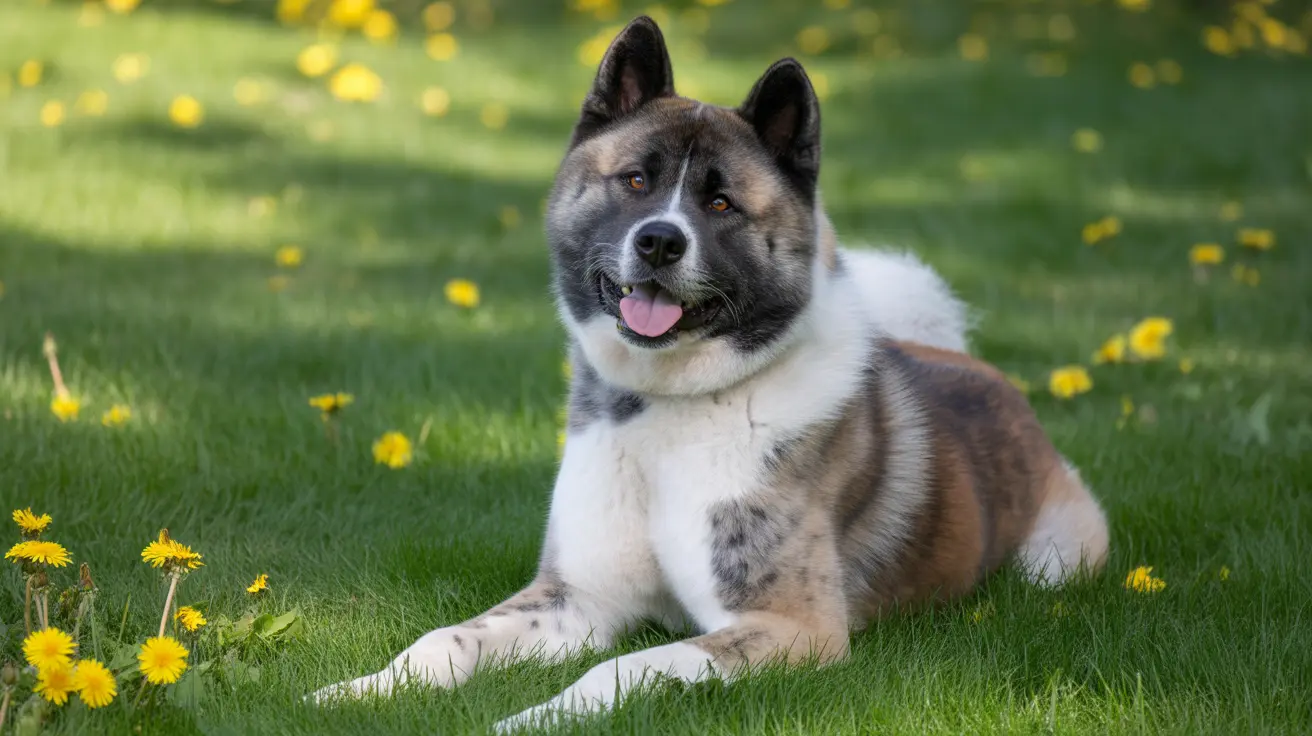Have you ever noticed dark spots on your dog's tongue and wondered if it's normal? Spotted tongues in dogs are a fascinating and completely natural characteristic that appears in numerous breeds. While most people associate this trait exclusively with Chow Chows, the reality is far more interesting and widespread across the canine world.
In this comprehensive guide, we'll explore everything you need to know about dogs with spotted tongues, from the science behind this unique feature to the many breeds that commonly display it. Whether you're a curious pet owner or considering adopting a dog with this distinctive trait, you'll find valuable insights about this intriguing canine characteristic.
Understanding Tongue Spots in Dogs
Spotted tongues in dogs result from concentrated deposits of melanin, the same pigment responsible for skin and fur color. These spots, which can range from small dots to larger patches, are essentially the canine equivalent of freckles or birthmarks in humans. They can be present from birth or develop as a dog ages, and they're completely harmless.
The spots typically appear blue-black in color and can vary significantly in size, shape, and number. Some dogs might have just one or two small spots, while others may have numerous larger patches scattered across their tongue.
Common Breeds with Spotted Tongues
Breeds Known for Blue-Black Tongues
While over 30 pure breeds can display spotted tongues, some are particularly well-known for this trait:
- Chow Chow (completely blue-black tongue)
- Chinese Shar-Pei (blue-black or spotted tongue)
- Eurasier
- Akita
- Pomeranian
Unexpected Breeds with Tongue Spots
Many people are surprised to learn that these popular breeds can also have spotted tongues:
- Labrador Retriever
- Golden Retriever
- German Shepherd
- Dalmatian
- Siberian Husky
The Science Behind Spotted Tongues
The presence of tongue spots is directly related to genetics and melanin production. Dogs with higher levels of skin pigmentation are more likely to develop these spots, though they can appear in any dog regardless of coat color. The genetic mechanisms controlling tongue pigmentation are complex and not fully understood by scientists.
Common Misconceptions and Facts
One of the most persistent myths about spotted tongues is that they indicate Chow Chow ancestry. This is completely false. Many pure-bred dogs can have spotted tongues without any connection to Chow Chows. Additionally, the presence of spots has no bearing on a dog's health, temperament, or breeding quality.
Health and Care Considerations
While natural tongue spots are harmless, it's important to monitor any changes in their appearance. New spots that appear suddenly, especially if they're raised or irregularly shaped, should be examined by a veterinarian. Regular dental check-ups are essential for all dogs, regardless of tongue pigmentation.
Frequently Asked Questions
Why do some dogs have spotted or blue-black tongues instead of solid pink ones?
Dogs develop spotted or blue-black tongues due to concentrated deposits of melanin, the same pigment that determines skin and fur color. This is a natural genetic trait, similar to freckles in humans.
Which dog breeds are most commonly known for having spotted tongues?
The Chow Chow and Chinese Shar-Pei are most famous for blue-black tongues, but over 30 breeds can have spotted tongues, including Akitas, Pomeranians, and even Labrador Retrievers.
Does having a spotted tongue mean my dog is part Chow Chow?
No, a spotted tongue does not indicate Chow Chow ancestry. This is a common misconception, as spotted tongues are a natural trait that can occur in many pure-bred dogs.
Are spotted tongues in dogs a sign of any health issues I should be worried about?
Natural tongue spots are completely harmless and not indicative of any health issues. However, sudden changes in existing spots or new raised spots should be checked by a veterinarian.
Can a dog's tongue spots appear later in life, and should I consult a vet if they change?
Yes, tongue spots can develop as dogs age, similar to how humans can develop freckles over time. While new flat spots are usually normal, consult a vet if you notice any raised, irregular, or suddenly changing spots.
Conclusion
Spotted tongues in dogs are a fascinating example of the natural diversity found in our canine companions. Understanding this trait helps dispel common myths and ensures better care for our four-legged friends. Whether your dog has a spotted tongue or not, remember that it's just one of the many unique characteristics that make each dog special.






